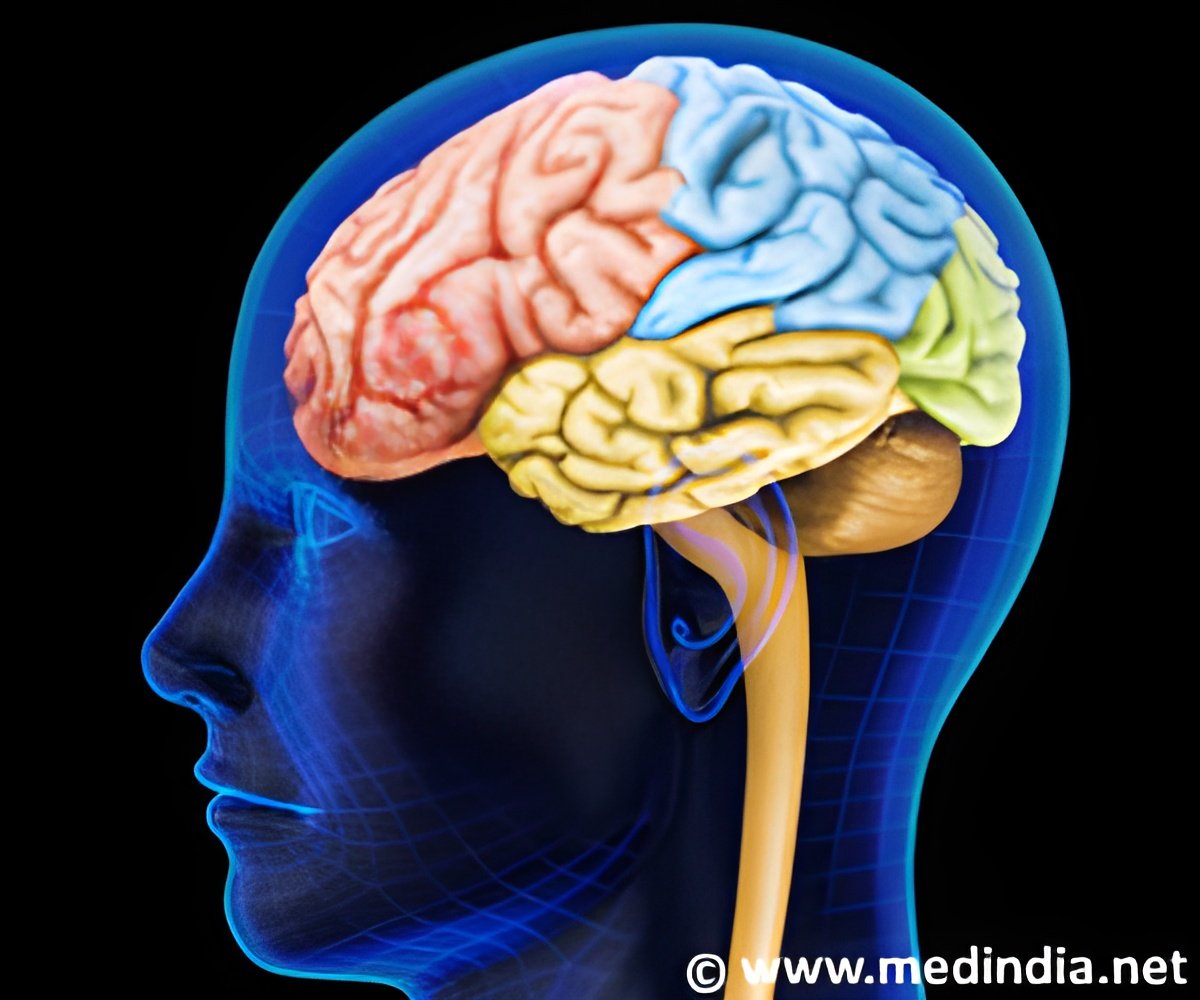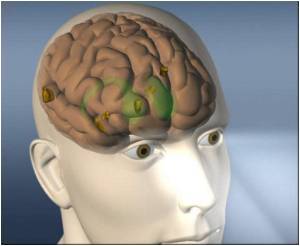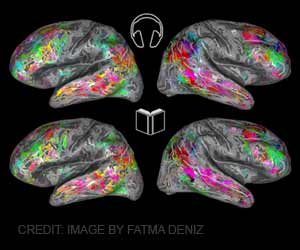
‘Teenagers with structural changes in their brains were more likely to have genes linked to schizophrenia and depression.
’
Tweet it Now
A research team from Cambridge University used MRI scans to analyze the brains of almost 300 young people aged 14 to 24. The results revealed the regions of the brain linked to schizophrenia that develop quickest during this time. The outer region of the brain known as cortex shrink in size and become thinner. As this happens, the levels of myelin increase within the cortex. Myeline was thought to reside mainly in the white matter. But the study revealed that myelin could also be found in the cortex and the levels increase during teenage years.
The increase in myelin occurs in the association cortical areas or major connection points between different regions in the brain's network.
Dr Kirstie Whitaker, of Cambridge University, said, “During our teenage years our brains continue to develop.When we're still children these changes may be more dramatic but in adolescence we see the changes refine the detail. The hubs that connect different regions are becoming set in place as the most important connections strengthen. We believe this is where we are seeing myelin increasing in adolescence.”
The MRI scans were compared to a 3D map called the Allen Brain Atlas which pinpoints genes.
Advertisement
Professor Ed Bullmore, of Cambridge University, said, “Adolescence can be a difficult transitional period and it's when we typically see the first signs of mental health disorders such as schizophrenia and depression.This study gives us a clue why this is the case - it's during these teenage years those brain regions that have the strongest link to the schizophrenia risk genes are developing most rapidly.”
Advertisement
“Disrupting the development of a brain hub could have as big an impact on the organ's function as disruption of a major airport, like Heathrow, will have on flow of passenger traffic across the airline network,” he said.
Dr Raliza Stoyanova, of the Wellcome Trust, which funded the study, said, “A number of mental health conditions first manifest during adolescence. Although we know the adolescent brain undergoes dramatic structural changes the precise nature of those changes and how they may be linked to disease is not understood.”
“This study sheds much-needed light on brain development in this crucial time period, and will hopefully spark further research in this area, and tell us more about the origins of serious mental health conditions such as schizophrenia.”
The study is published in Proceedings of the National Academy of Sciences.
Source-Medindia













